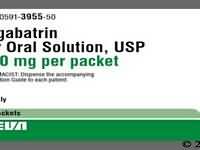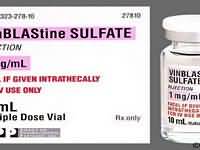Adenosine

Adenosine
CLINICAL USE
Rapid reversion to sinus rhythm of
paroxysmal supraventricular tachycardias
Diagnosis of broad or narrow complex
supraventricular tachycardias
DOSE IN NORMAL RENAL FUNCTION
Initially: 3 mg over 2 seconds with cardiac
monitoring followed, if necessary, by 6 mg
after 1–2 minutes and then by 12 mg after a
further 1–2 minutes
PHARMACOKINETICS
Molecular weight :
267.2
%Protein binding :
0
%Excreted unchanged in urine :
<5
Volume of distribution (L/kg) :
No data
half-life – normal/ESRD (hrs) :
<10 : seconds/
Unchanged
DOSE IN RENAL IMPAIRMENT
GFR (mL/MIN)
20 to 50 : Dose as in normal renal function
10 to 20 : Dose as in normal renal function
<10 :
Dose as in normal renal function
DOSE IN PATIENTS UNDERGOING RENAL REPLACEMENT THERAPIES
CAPD :
Not dialysed. Dose as in normal renal function
HD :
Not dialysed. Dose as in normal renal function
HDF/high flux :
Unknown dialysability. Dose as in
normal renal function
CAV/VVHD :
Not dialysed. Dose as in normal renal function
IMPORTANT DRUG INTERACTIONS
Potentially hazardous interactions with other drugs
Anti-arrhythmics: increased risk of
myocardial depression
Antipsychotics: increased risk
of ventricular arrhythmias with
antipsychotics that prolong the QT
interval
Beta-blockers: increased risk of myocardial
depression
Effect is enhanced and extended by
dipyridamole; therefore if use of adenosine
is essential, dosage should be reduced by a
factor of 4 (i.e. initial dosage of 0.5–1 mg)
Theophylline and other xanthines are
potent inhibitors of adenosine
ADMINISTRATION
Reconstition
–
Route
IV
Rate of Administration
Rapid IV bolus (see dose)
Comments
Do not refrigerate
Administer into central vein, large
peripheral vein, or into an IV line. If IV
line used, follow dose by rapid sodium
chloride 0.9% flush
OTHER INFORMATION
Neither the kidney nor the liver is
involved in the degradation of exogenous
adenosine, so dose adjustments are not
required in hepatic or renal insufficiency
Unlike verapamil, adenosine may be used
in conjunction with a beta-blocker
Common side effects: facial flushing, chest
pain, dyspnoea, bronchospasm, nausea
and lightheadedness; the side effects are
short-lived
See how to identify renal failure stages according to GFR calculation
See how to diagnose irreversible renal disease
Home









